Plastic waste brought about by the "white pollution", has made the earth suffer, people's awareness of the harm caused by plastic products gradually increased, many large enterprises, companies have also acted to seek more plastic alternatives. Paper straws were one of the bold attempts, although the results were not as good as expected.
Recently, Coca-Cola has made a big push to launch new packaging for paper-bottle drinks. And regardless of whether it is good or bad, at least this matter is in the interests of all mankind to make an effort, itself is worth encouraging - better than the Japanese government a "no way", a large amount of nuclear-contaminated water directly into the Pacific Ocean.
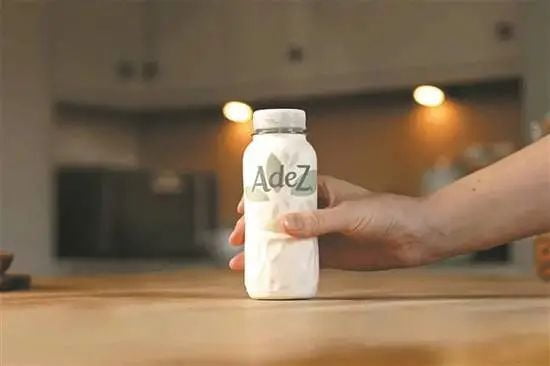
"Adez" plant-based drinks
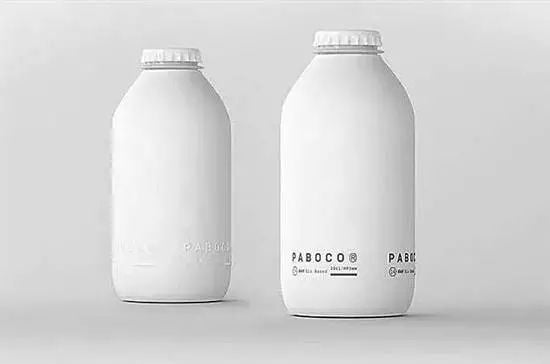
PABOCO's new paper bottle
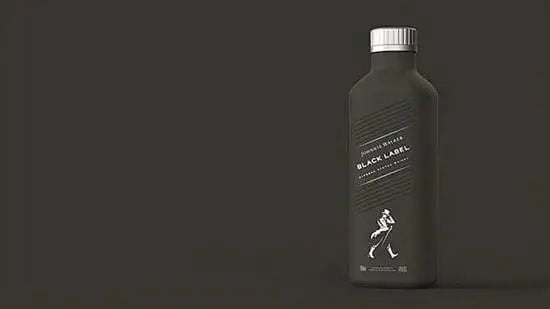
Plastic-free paper spirits bottle
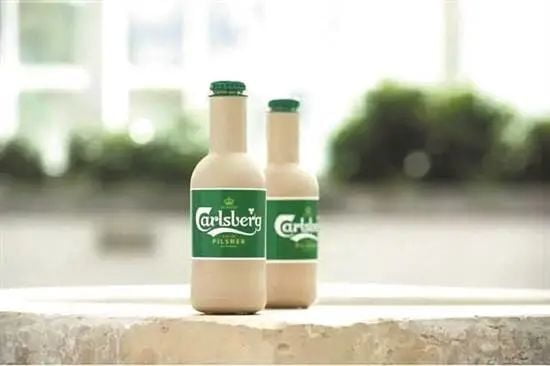
Beer bottle with paper shell and PEF polymer backing
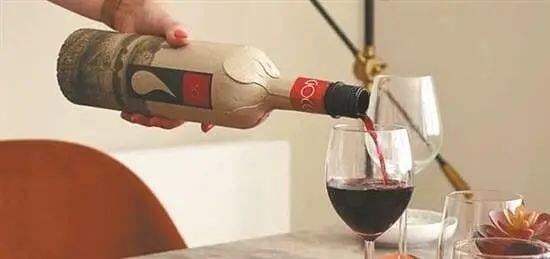
Wine bottle made of recycled cardboard
The "paper bottle" packaging design was tested for availability at the end of 2020, and a new plant-based beverage (not soda) called "Adez" has been put on the market in these bottles.
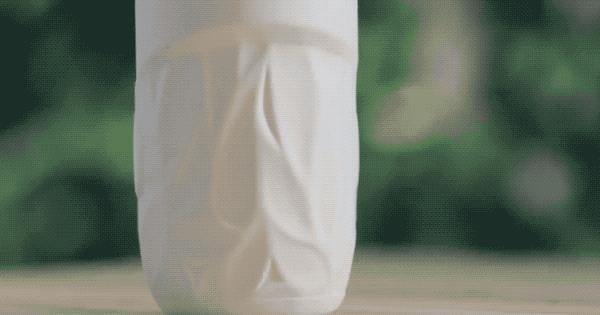
Paper bottle packaging
This new paper bottle was created by Coca-Cola in collaboration with a Danish company, Paboco. Its shell looks super sturdy and is said to be made of a single paper fiber in one piece, and the material used to make it is Central and Northern European wood pulp paper, which is 100% recyclable. It has a protective film of biomaterial inside to prevent drinks from penetrating or leaking.
The bottle, on the other hand, is designed in a cylindrical shape with a pleated finish on the lower half, which visually adds texture to the paper. Its bottle pattern is printed with sustainable ink or laser engraving, which is said to minimize the amount of material used. And the cap of this bottle is also made of biodegradable plastic.
Coca-Cola said that they will follow up to create a variety of paper bottle designs to the company's other drinks for packaging. Because this material is very malleable, it can be changed into different bottle designs according to different functional needs.
For the third year in a row, Coca-Cola has been named the "world's biggest plastic polluter," according to a report. But after the launch of the paper bottle, the company said that they will achieve "World Without Waste" by 2030, contributing to the world's environmental protection. In addition to Coca-Cola, there are actually many brands that are already making attempts to use new packaging in paper bottles.
The Paboco company mentioned above started developing the technology as early as 2015, and in March 2019, it basically conquered the problem of "how to keep water and oxygen out" of paper beer bottles. In October 2019, Coca-Cola, Carlsberg, L'Oréal, Absolut and others formed a "paper bottle community" to work together to bring paper bottles into everyday life. At the time, the Carlsberg brand of beer had introduced a paper beer bottle. It was made of sustainable wood fibers with an inner barrier and could hold any regular beer. The Carlsberg Group aims to achieve the full use of polymer-free, 100% bio-based bottles and is committed to reducing its beer "carbon footprint" by 30% by 2030.
Absolut Vodka Group has also launched an eco-friendly bottle of spirits. The bottle, made up of 57% paper and 43% recycled plastic, has been released in both the UK and Sweden in 2,000 bottles. They promise that by 2025, all packaging will be 100% recyclable, recyclable, biodegradable, and bio-based.
British beverage giant Diageo Brands has also said they will be trialling a new eco-friendly paper bottle packaging this spring. The paper bottle they are trying out should have become the world's first plastic-free paper spirits bottle.
In addition, Frugalpac, a British sustainable packaging company, released wine bottles made from sustainable, recycled cardboard in 2020. PepsiCo has also publicly stated that it plans to experiment with 100% paper bottle packaging in its soft drink lines in 2021.
Some statistics show that in 2019, the world produced about 525 billion waste beverage bottles, only 10% can be recycled; in 2021, this figure will rise by 20%. The "paper bottle initiative" of the major beverage companies may slow the rise of this number. The action of the big brands may bring a greater demonstration for the whole consumer goods industry.
But just as paper straws have attracted a series of "trolls", paper bottles are facing the same dilemma: paper straws cannot satisfy the small minds of those "straw biters", and paper bottles are not as attractive as transparent bottles filled with various colors of drinks. Paper straws soak for a long time will be soft to paste mouth, paper beverage bottles may not be able to withstand more squeezing, the bottle mouth appears softened will also appear paste mouth ...... Similarly, paper instead of plastic, will still cause environmentalists to protest, because paper bottles in large quantities with paper, will indeed bring more trees to be cut down, processing and manufacturing process damage to the environment and other new environmental issues.
But paper packaging is obviously an upgrade in difficulty compared to the manufacturing process of paper straws. After all, the production process of paper for liquid packaging is certainly much more complex. At present, although there are many finished products on the market, paper bottle packaging is still facing some still need to use plastic liners, isolation of different liquids with varying thickness of paper, the preservation of the flavor of the liquid and the degree of freshness and other technical difficulties.
Even 100% recyclable carton packaging that is already in use, such as carton milk packaging, actually faces the problem of high recycling costs. Because most of the dairy cartons on the market now are made of aluminum foil, PE plastic film, fiber, paper and other 6 layers of different materials, this composite structure products are difficult to recycle as a single material, recycling is actually quite troublesome.

